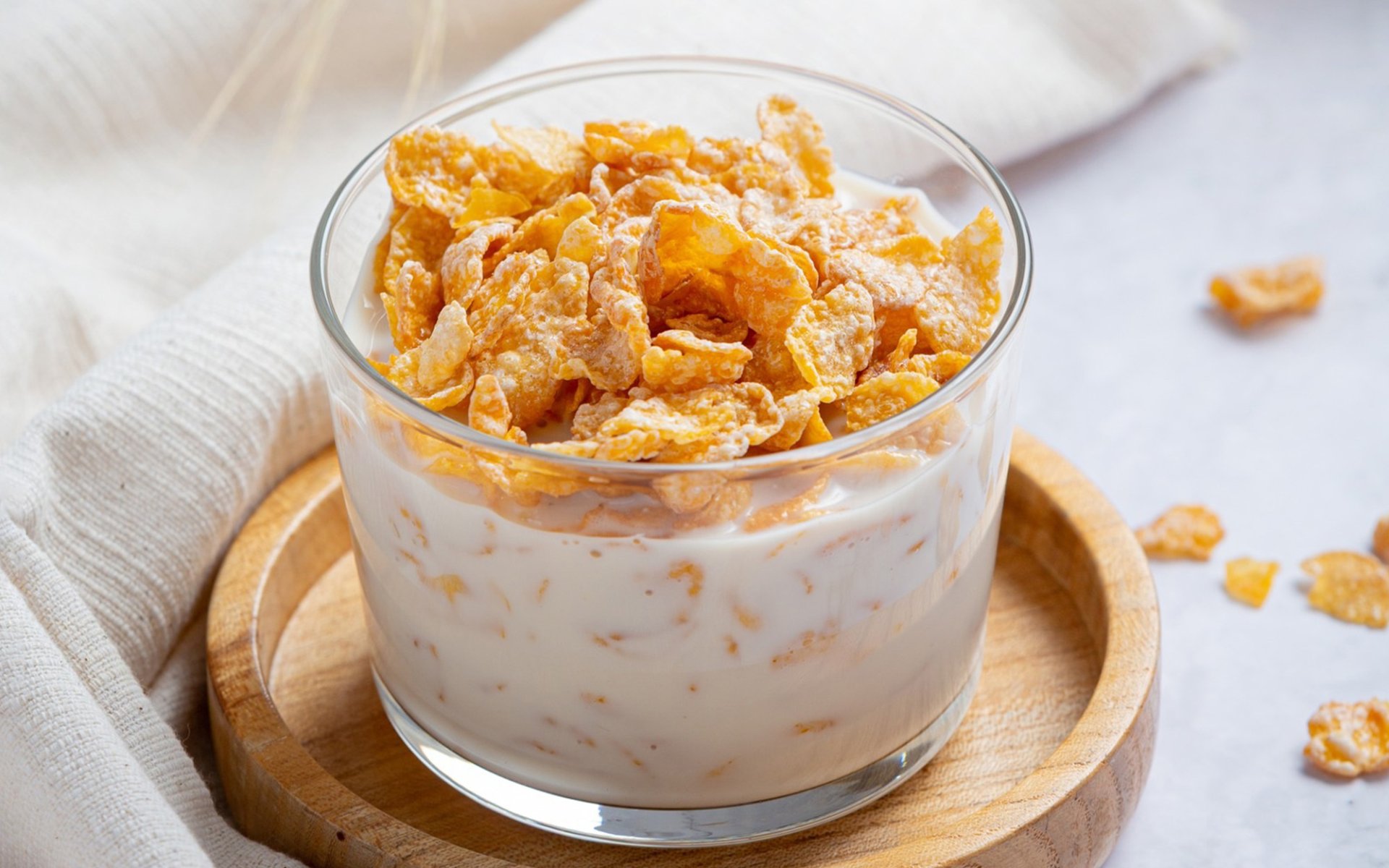Cereal

Humans have known how to cultivate grains for food since 10,000 BCE. However, the transformation of grains into the popular breakfast item cereal first occurred in the United States in the late 18th century.
The Dawn of Cereal: "Granula," a Healthy Breakfast
The genesis of cereal production began during a significant food revolution in the United States. James C. Jackson, a physician who believed that a beneficial breakfast was key to good health, started producing the first breakfast cereal in 1863. He named it Granula, making it from wheat, oats, and corn through various processes to create a healthy breakfast, which is distinct from the Granola we are familiar with today.
At that time, however, Granula wasn't suitable for those in a hurry. To eat it, one had to soak it in milk for at least 20 minutes to soften the grains and make them easier to chew. Nevertheless, even though Granula took quite some time to prepare, there was no other breakfast option as convenient and beneficial as Granula then.
Granula's popularity continued to grow as Jackson advocated for Americans to consume more healthy breakfasts. Back then, Americans often favored heavy, meat-focused breakfasts that lacked vegetables, which frequently led to health issues like bloating and indigestion. Consequently, Americans began to be persuaded and increasingly adopted Granula.
The Fierce Competition: From "Granola" to "Cornflakes"
However, in 1880, John Kellogg Harvey, a surgeon and proprietor of a health sanitarium in Michigan, invented a new ready-to-eat cereal made from wheat, oats, and corn flour. He playfully named it Granola, echoing Jackson's product. Because John Kellogg's Granola was a healthy and easy-to-prepare breakfast that could be eaten immediately, Granola quickly surpassed Granula to become a widely popular breakfast in the United States.
The breakfast story didn't end there. In 1893, John Kellogg developed another new breakfast format made from cooked wheat, pressed into flakes, then dried. He named it Granos Flakes, which was the precursor to today's Cornflakes. However, at the time, he didn't know how to market it, so he primarily sold Granos Flakes to patients at the sanitarium.
Later, in 1895, Charles William Post, a patient recovering at John Kellogg's sanitarium, developed and sold a grain-based beverage for the first time after his recovery. He stated he was inspired by John Kellogg's healthy breakfasts. While recovering, he frequently ate Granos Flakes and believed this breakfast helped him heal. This marked the beginning of his grain beverage business.
In addition to grain beverages, Charles William eventually produced another cereal of his own: Grape-Nuts. He marketed it by advertising that drinking tea, coffee, or having heavy breakfasts in the morning was unhealthy, which made his products sell exceptionally well. Today, Charles William's company is Post Consumer Brands.
Subsequently, in 1900, Maximilian Bircher-Benner, a Swiss physician, developed another new type of cereal made from oats, fruits, and nuts, called Muesli. He sold it to hospital patients, and eventually, his business grew through word-of-mouth.
Seeing this success, Willie Keith, John Kellogg's younger brother, stepped in to help his brother manage the business. He observed that competitors were constantly growing, while his brother continued to sell products only to patients without any marketing efforts. Thus, he refined Granos Flakes, turning them into corn flakes, and rebranded them as Corn Flakes. Later, in 1922, John Kellogg officially registered the name Kellogg Company and planned for global marketing. Today, Cornflakes has become one of the world's most popular breakfast cereals, and this company has remained a giant in breakfast cereal production ever since.
Conclusion: Diversity Born from Competition
However, despite the fierce competition in the breakfast cereal industry, without that rivalry, we might not have the wide variety of breakfast cereals to choose from today. At this point, many might feel grateful to the numerous cereal developers who made it possible for us to enjoy Granola, Cornflakes, Grape-Nuts, Muesli, and more, to our delicious satisfaction.


